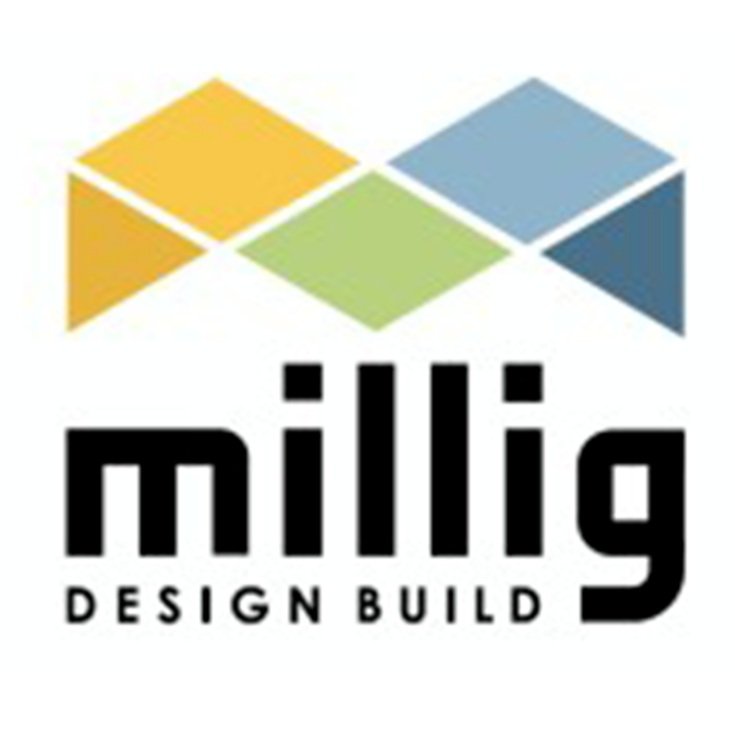
Washington Clean Buildings Act
What you need to know about HB 1257
The buildings sector is Washington State’s second-biggest carbon polluter behind transportation. The objective of Washington State’s Clean Buildings Law is to lower pollution (and cost) from fossil fuel consumption in the state’s existing buildings. No small task.
According to the Office of Sustainability & Environment, nearly 1,000 buildings in Seattle alone will need to comply, and at least 1/3 will need energy efficiency improvements to meet the State Energy Use Intensity (EUI) target.
Compliance dates by building size:
June 1, 2026 – over 220,000 SF
June 1, 2027 – 90,001- 220,000 SF
June 1, 2028 – 50,000- 90,000 SF
The law has real teeth: owners of buildings 50,000 SF or more must meet the compliance deadlines above or face monetary penalties. And there’s no time to wait. Even if your building is compliant, there are 12-24 months of activities you must complete before the deadline.
Steps to Energy Use Intensity Compliance
Step One:
Benchmark Your Building
To understand how much of an impact HB1257 will make on your building, you first need to understand where your building is regarding its energy usage. To identify this, you will need to benchmark your building for an accurate picture of your building’s Energy Use Intensity (EUI) using the ENERGY STAR Portfolio Manager (ESPM).
Benchmarking and controlling your energy use early can save you from required large capital investment.
Step Two:
Implement a Plan
The Clean Buildings Law requires that building owners track and document compliance with an Energy Management Plan (EMP) and an Operations and Maintenance (O&M) plan. To do this, you need to designate an Energy Manager that satisfies the definition of “qualified person.” Examples of a “qualified person” include: a professional engineer, a certified commissioning professional, a qualified energy auditor,and a Certified Energy Manager (CEM). Both plans must be submitted to the Washington State Department of Commerce.
The rules for the program are still unfolding, so it is important to seek experienced guidance from Commerce.
Step Three:
Document Compliance
If your building meets its EUI target, there are no additional requirements beyond submitting documentation of compliance and tracking your EUI to make sure it stays under the target. If your building is above its EUI target, you must undergo an energy audit (ASHRAE Level 2) to identify energy saving projects that will help your building meet conditional compliance for investment.
Learn more about compliance paths.
Have questions about HB 1257?
We’re here to help.




